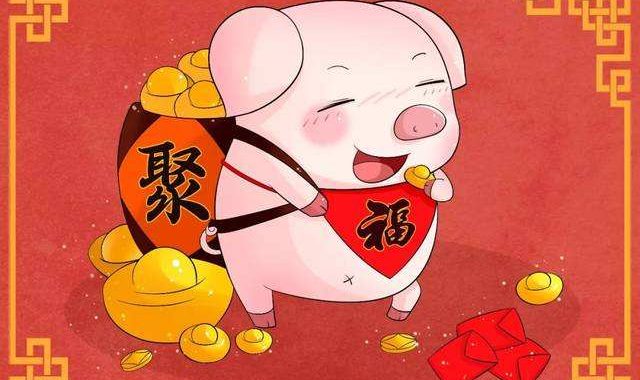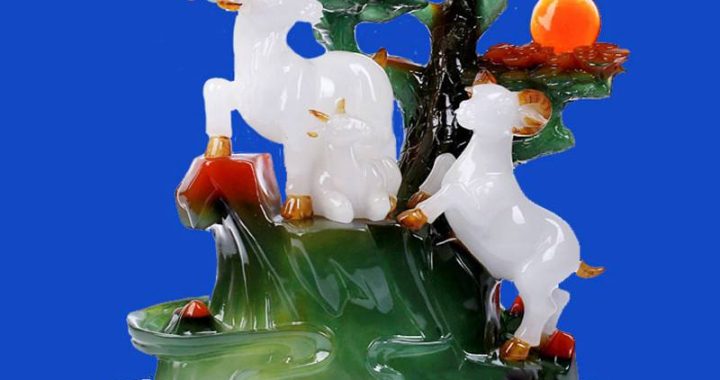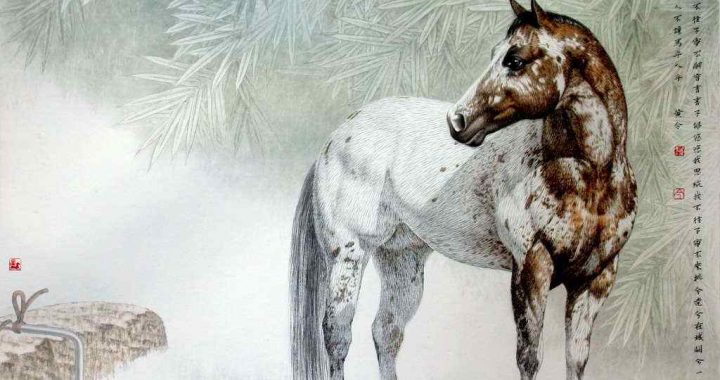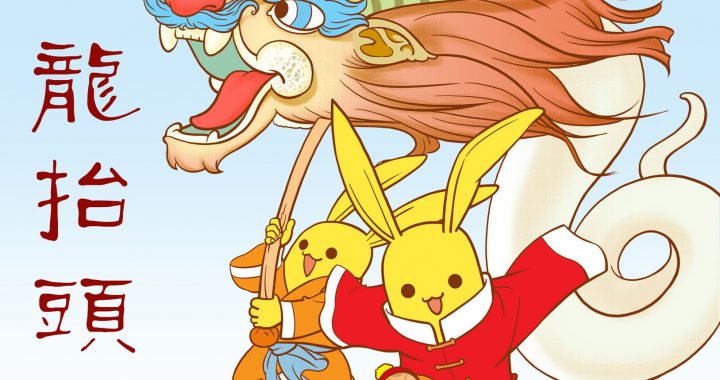Yuanfen and The Chinese li
3 min readYuanfen is a Buddhist-related concept that refers to the predetermined principle that dictates a person’s positive relationships and encounters such as the affinity among friends or lovers.It is always used in conjunction with two persons,and it can be defined broadly as the binding force that links two persons together in any relationship.Some believe that the driving force behind yuanfen arethe actions done in previous reincarnation to emphasize a meant-to-be relationship.

One may exclaim,“It is yuanfen that has brought us together!”When one encounters another repeatedly in various situations that seem beyond coincidence,one can refeto yuanfen.On the contrary,when two persons know each other but never get a chance to meet face-to-face,it can be said that their yuanfen is too weak.Often yuanfen is said to be the equivalent of”fate”or”destiny.”However,these words do not have the element of the past playing a role in deciding the outcome of the future.

What is the Chinese li?
China is well-known as an“ancient civilized country” or “nation of etiquette.” Throughout China’s long history the relationships between people in all classes were based on carefully prescribed forms of the Chinese li that covered virtually every aspect of conduct.Although the li has no precise English equivalent,it is understood as“a strict code of conduct,”“propriety,” “rituals”or“etiquett e.”
The origin of the li can trace back to remote antiquity.At that time people were inter-dependent for survival,and the li,to begin with,was a conduct performed without much significance.Gradually people accepted the“order of human relations,” which might be considered the primitive 1i.As time went by,the primitive li rose to the height of human relations and ethical values.
At a later time Huang Di,Yao,Shun,Yu,and other sages founded specific proprieties for the purpose of restricting avarice and ending disorder.Meanwhile,they strictly observed the established proprieties.Their observation set an good example for their people to follow.
As early as 3,000 years ago,the Duke of the Zhou created rituals and music. Later,Confucius and other sages greatly contributed to the final foundation of the Confucius system that was a training and ongoing experience in such cultural arts as music,calligraphy and poetry,as part of a moral education.
After the Western Han Dynasty,The Etiquette and Rites,The Rites of the Zhou Dynasty and Record of Rites were successively listed as text-books and required readings for scholars in ancient times.These classics detailed knowledge of hundreds of correct forms of etiquette.Training in this highly prescribed way of living was so pervasive that people were judged first,last,and sometimes always on how closely they followed these rules of behavior.The li came to be equated not only with learning in general,but with culture and morality.Accordingly,the li in the traditional“six arts” was considered as the first art.Behind the li,came music,archery,driving a chariot,learning and mathematics.
The book of the Analects of Confucius says,”look not at what is contrary to li;listen not to what is contrary to li;speak not what is contrary to 1i;make no movement which is contrary to 1i.” The following is a basic summary that is helpful to understand the Chinese li:
a.Originally,li meant“to sacrifice,”for divine beings or supernatural power. Later,it extended to mean an attitude of reverence.
b.The li is a series of conducts through which an inner reverence and devotion are genuinely expressed.
c.The li is a rite or a ceremony to be performed to show respects or admiration to people of esteem.
d.The li is an article with which to express congratulations or compliments.








